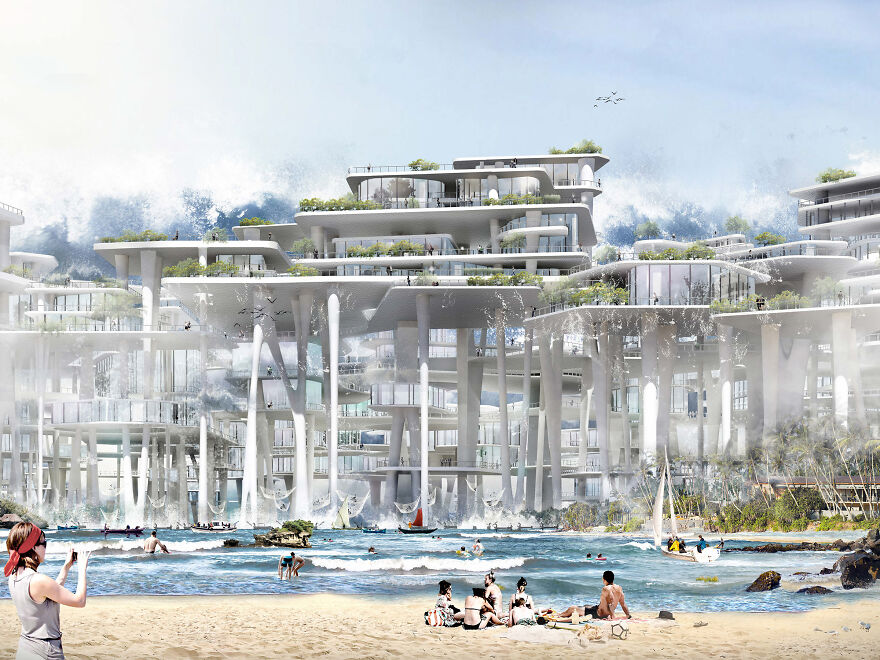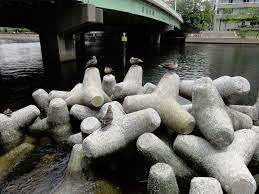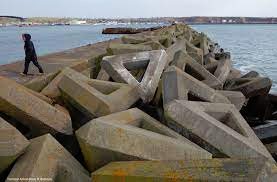This is weird enough to post. This will never be built, but it is inspiring.
When a tsunami strikes, people are helpless. The volcanic eruption in Tonga on 14 January 2022 resulted in a tsunami threat to the entire Pacific Rim region. It is therefore envisaged that a skyscraper will be built in front of Tonga’s long and narrow coastline. The building is in the sea to help dissipate the energy of a tsunami when it has not yet inundated the city.
The skyscraper is inspired by the principle and mechanism of mangrove resistance to tsunamis, and consists of a single unit aggregated to form a vast complex along the coastline. Each cell consists of a bottom pillar and a top multi-level platform. The bottom pillar is made up of thick concrete columns that form a porous structure to dissipate the enormous force of the tsunami, while the upper platforms are of varying sizes, heights, and interconnections to carry people’s lives.
In the normal state, at the lower end of the columns, which is at sea level, people can use the space between the concrete columns for tidal fishing and water bazaars. This is where recreation, gathering, and fishing take place. And when a tsunami hits, the upper part of the building functions to absorb the waves of the tsunami. Each level of the building has a water cistern, and the absorbed water is transferred through columns to the underground desalination area for treatment.
The terrace at the top of the building is a ‘garden in the sky’ where people can relax and enjoy themselves. Low shrubs, gardens and water cisterns are planted on the terrace to provide a degree of amenity and dissipate the power of the tsunami. When a tsunami strikes, the high level of the platform becomes a safe place, making it a perfect place for people to ‘watch’ the tsunami. The interior of the building is a place for cultural activities for the local population.
Each of the concrete columns has a complex structure inside that allows for the collection, storage, purification and transport of the water, as well as vertical traffic. The seawater from the tsunami is collected by the concrete columns and transported underground to the bottom of the complex, where it is desalinated by the purification facilities placed there and then transported inland via pipelines, thus ensuring that water resources are available in a tsunami aftermath.


